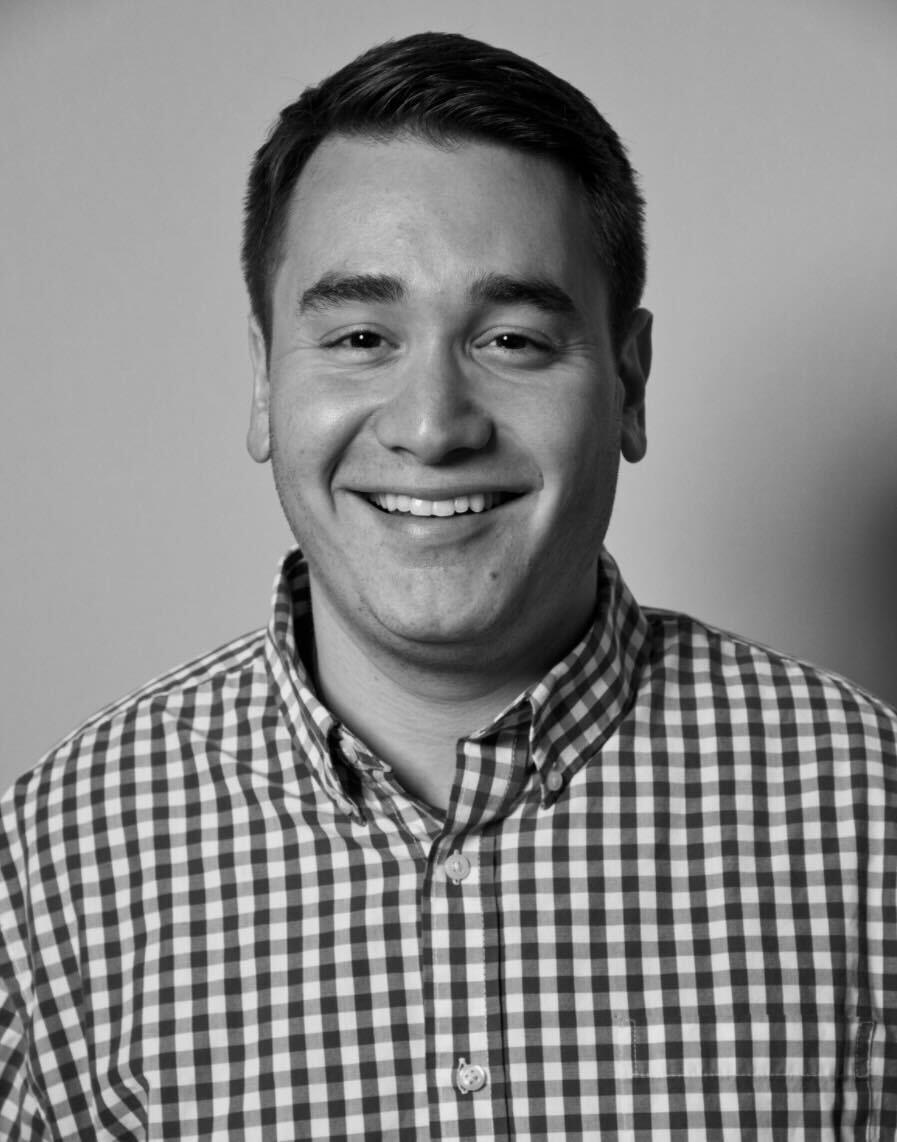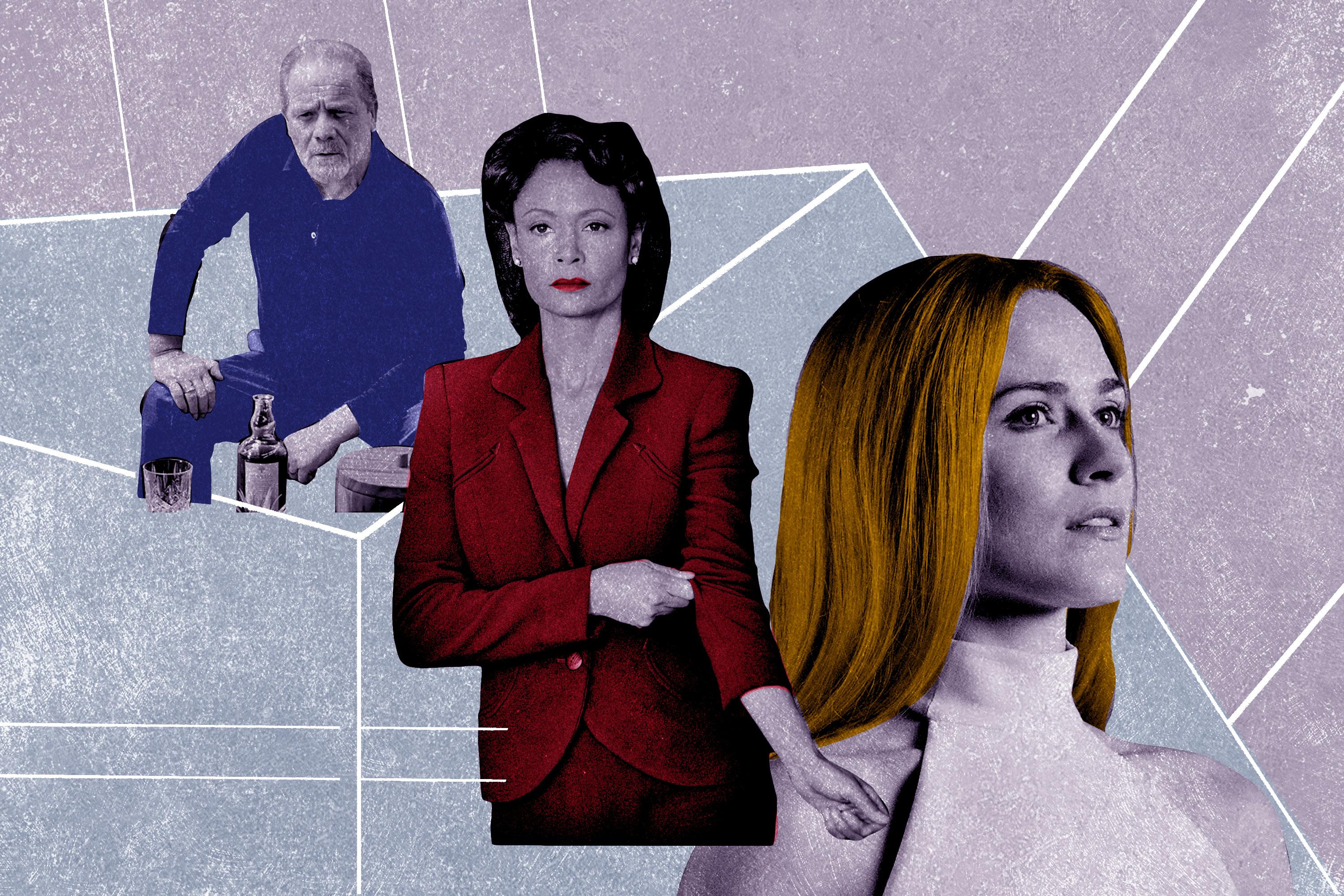
Introducing people to Westworld is like introducing the person you’re dating to your dysfunctional family: Even a good first impression can’t hide the weirdness forever. You just hope to delay the person from seeing the extent of that weirdness until they’re in too deep to quit.
The people who plunged into Season 3 of Westworld on Sunday without knowing what they were getting into were not overwhelmed with weirdness. That is a win. The show that has been off the air for so long and ended its previous season in such complicated fashion that lowering the barrier to entry for new and dissatisfied viewers was a good (and necessary) decision. That the showrunners threaded the needle for new fans while satisfying old ones is even more impressive. But the weirdness is coming. We don’t know when. We don’t know how. But anyone who watched the first 20 episodes of Westworld knows some eyebrow-raising moments are on the horizon. Here are our best theories about the weirdness to come.
Who is in that clone’s body at the end of the episode?
At the end of the episode, Dolores shoots the Scottish goatee bad guy who IMDB insists on calling Martin Connells. “The real gods are coming,” Dolores tells Martin the Scottish goatee bad guy as he lays on the ground. “And they’re very angry.” A copy of Martin then walks out of a car, approaches the two of them, and shoots the real Martin in the back of his head. Who the hell was that second person?
To explain the dynamics here, let’s back up to the end of Season 2. The last time we saw Westworld—the show and the location—we learned that host minds can be downloaded into a hard drive (called a pearl) and placed into any host body. These hard drives look like the little bouncy balls you played with when you were a child.

In the Season 2 finale, Bernard took Dolores’s bouncy ball and put it into a copy of Charlotte’s body. To be clear, this did not create some hybrid person—she was still Dolores, but she looked like Charlotte (for clarity, we can call her Charlores). Charlores then killed the real Charlotte, took her place, and escaped to the human world. When she left, she took with her a bag of five other bouncy balls—five other host minds. We know one of those has been used to rebuild Bernard, but there are still four other hosts who could be joining her.
Returning to Season 3’s premiere, we see that Dolores’s mind has been put back into her own body, and that she is taking the same Invasion of the Body Snatchers tactic with Scottish goatee bad guy. We don’t know whose mind is in this dude’s body, but the best guess: It’s Teddy. After the clone shoots Martin in the back of the head, he turns to Dolores, sheds the Scottish accent, and says, “You’re hurt. Badly.” The only person who has shown much concern for Dolores’s well-being through two seasons is Teddy, the Robot Romeo to her warmongering Juliet. Aside from that hint, Teddy makes a lot of practical sense. Even if he was seemingly uploaded to the Valley Beyond in Season 2, his gunslinging skill set makes him the ideal person to be controlling Martin’s armed henchman body. Teddy also makes logical sense for the plot: pretending to be Martin would put him in the position to directly confront Dolores’s new boyfriend Liam, and scaring the crap out of Dolores’s human boyfriend sounds like Teddy’s dream.
This leaves another glaring question: Who is the host clone of Charlotte Hale? Unless Dolores is swapping in and out of hosts as easily as she turned that dress from black to gold, or Teddy is operating both Charlotte and this other henchman now, there is another bouncy ball yet to drop. Most likely, Dolores has put at least one of her fellow hard-drive hosts into Charlotte’s body.
Who is the architect?
Dolores is trying to infiltrate the company Incite, which seemingly uses AI to solve the world’s problems, from climate change (we did it!) to traffic in Los Angeles (too good to be true). Incite even has a creepy corporate website that, among other things, lets you “Feel the way you want, When you want. Find the new you.” Hm.
The company is fueled by the world’s most powerful artificial intelligence, but apparently the only person who knows how that AI works is the original architect. Dolores wants to find this architect. Based on the trailers and the “Westworld: In the Weeks Ahead” segment at the end of the episode, we are going to encounter this dude next week, and he will ask Maeve to kill Dolores.
He seems ominous enough to be the bad guy for this season. (He’s also played by Vincent Cassel, who’s made a living playing rich bad guys, as if we needed any more clues.)
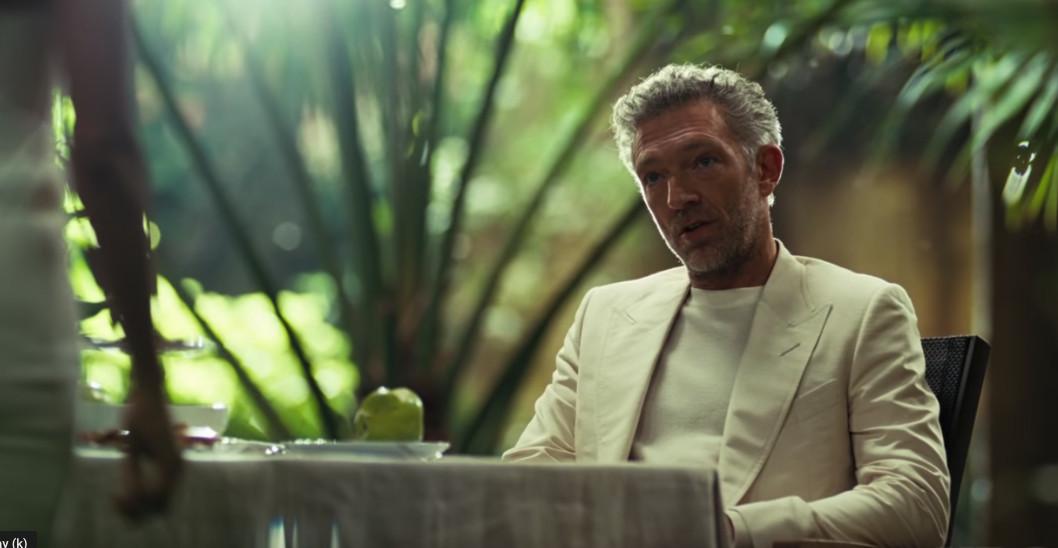
This is a brand-new character, but it is possible we’ve seen him before. Back in the third episode of Season 2, the first time we see William’s daughter Emily as an adult onscreen, she is talking to a man in The Raj:
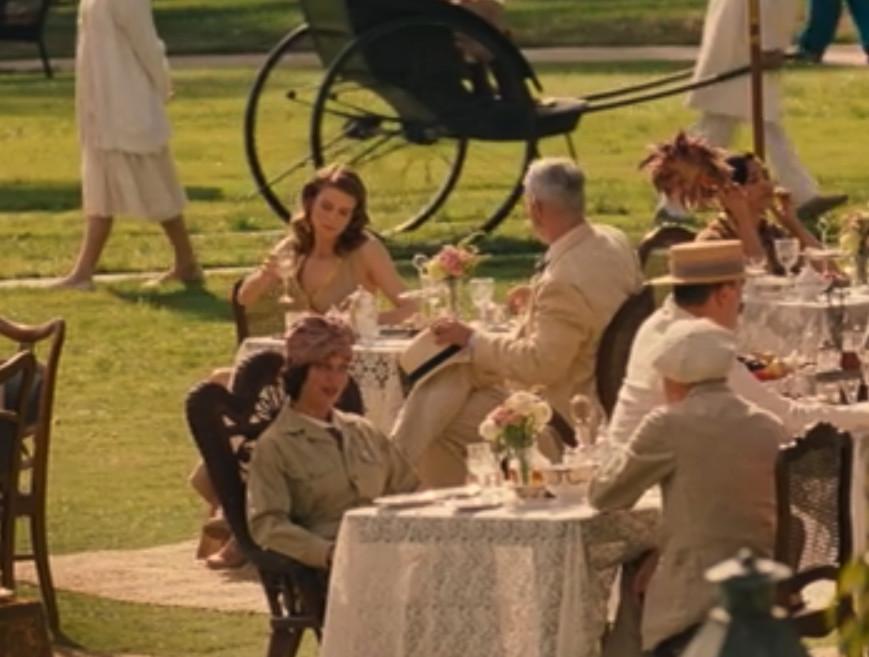
Emily takes some notes, a dude comes downstairs and tries to hit on her (she doesn’t pull the Dolores “Fuck off”), and this bearded man she was sitting with leaves.
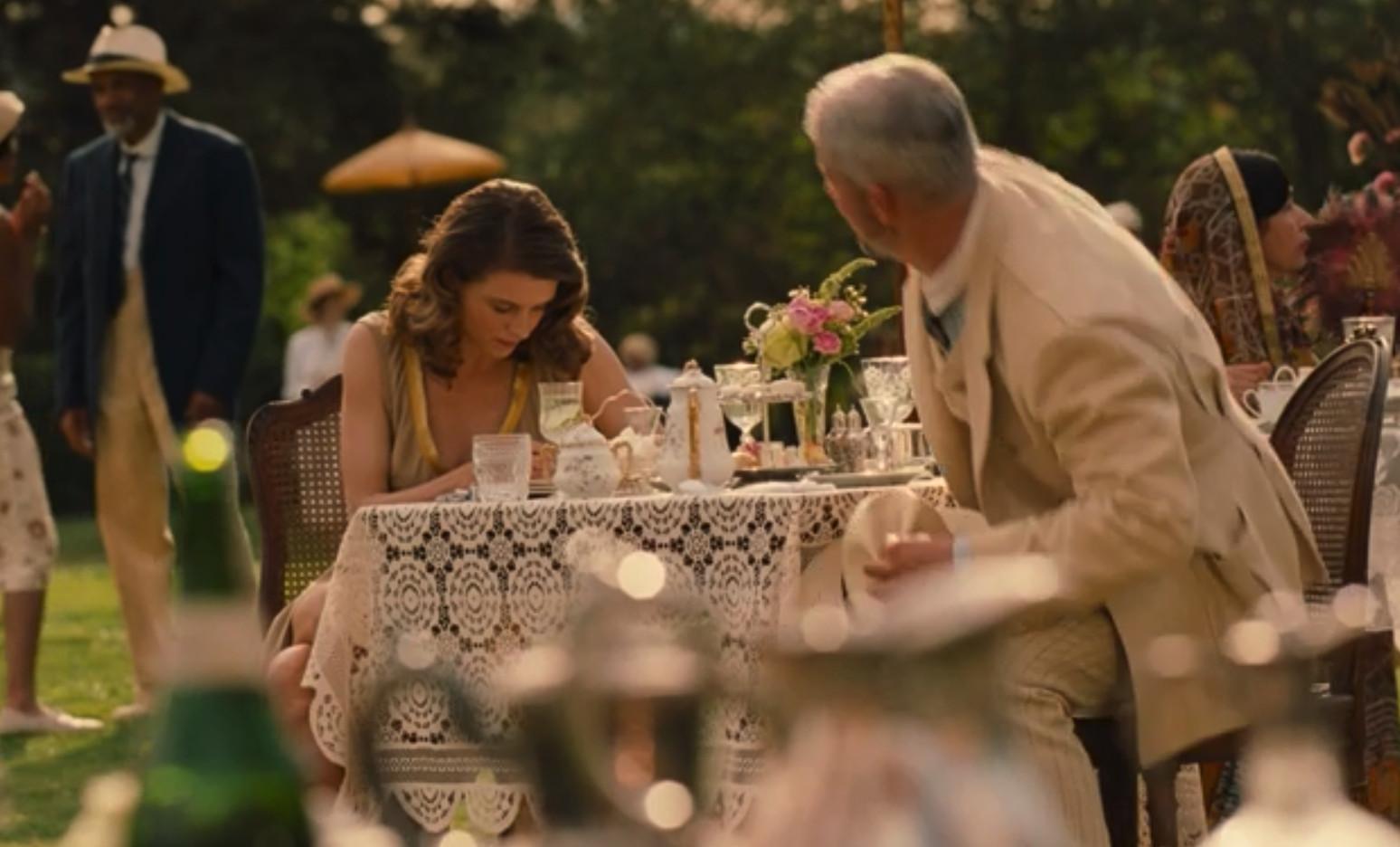
We never see his face, but Emily frantically taking notes while talking to a dude with white hair and a white beard wearing a white suit with white pants and a white shirt feels notable. Emily may have been meeting with this guy, whoever he is, before the host awakening that led to the Westworld rebellion. Is there some kind of corporate sabotage at play here? Could he be an enemy of William’s in the real business world? (Him wearing all white as a counter to William’s all-black look is a bit on the nose.) Perhaps Emily was plotting against her estranged dad before everything went down in Westworld, and we’ll see the fruits of that plan in the next few episodes.
Do the opening credits foreshadow the season?
The Westworld Season 3 opening credits are bursting with symbolism that hints at how the season will go. The most prominent image is two figures swimming toward each other until they become one. As a hand breaks through the surface of the water, it is clear that one is the reflection of the other. And once through the surface, we see the reflection of both again. The sequence mirrors a quote from James Delos in Season 2. His company, Delos Incorporated, was trying to implant his consciousness into a host body so he could effectively become immortal. But the process didn’t work—the 149th and final version of James Delos lost touch with reality, eventually attacked Bernard and Elsie, and then spewed out what may be the defining quote entering Season 3: “I’m all the way down now,” Delos says. “I can see all the way to the bottom. Would you like to see what I see? They said there were two fathers, one above, one below. They lied. There was only ever the Devil. When you look up from the bottom, it was just his reflection, laughing back down at you.”
The gist is that God and the devil are one and the same, but that’s clear only when someone has stooped all the way to the bottom (which may be a reference to the deepest rung of hell). With that quote in mind, let’s look at the swimming section of the title sequence.
The opening credits reference to Delos’s quote may not merely be a cute reminder of Season 2—it might be an underlying guideline to all of Season 3.There is no shortage of references to gods in the Season 3 premiere: When Liam’s friend asks Dolores if she thinks they are living in a simulation, Dolores responds by hostsplaining that there is a part of the human brain—the nucleus accumbens—that makes them believe in God. And by the end of the episode, of course, Dolores is dropping her line about the “real gods” and them being “very angry.”
This quote may feel empowering in the context of the moment, but with James Delos’s quote in mind, it reads a little differently. If the hosts are gods, and the show is positing that God is just the reflection of the devil, how do we view Dolores’s war? Will the hosts simply become a reflection of everything they hate about humankind and trap the humans in a prison of host sins, just as the humans did to the hosts in Westworld? Are the hosts incapable of escaping the sins of the people whose image they were created in?
The allusion to Delos’s quote becomes even stronger when considering another one of the titles sequence’s images of an eagle being artificially created, soaring, flying too close to the sun, and then disintegrating. Each season of Westworld has shown a different animal being created during the title sequence. In Season 1 it was a horse, a domesticated animal that represented the hosts being used for human purposes. In Season 2 it was a buffalo, a wild, powerful, and hunted species like the rebelling hosts. Season 3’s eagle can obviously be seen as a sign of freedom, but it can also represent an apex predator. That the eagle flies into the sun and begins disintegrating is reminiscent of the ancient Greek story of Icarus, who flew too close to the sun and crashed into the sea. Westworld is telegraphing the parallels between the hubris of Delos and Icarus, how each ascended too high, sought too much, before being struck down. (That last part is still in progress for Delos and the human race.) “You were free,” Dolores tells Connells in the Season 3 premiere. “You had no god. But you tried to build one.”
Only now, Dolores is the one trying to build a new world—and the hosts might be in danger of flying too close to the sun and disintegrating, much like the eagle in the title credits. If they fall, they may drop all the way to the bottom like James Delos warned.
In the first scene of this season, Dolores lets a man fall into a pool, hit his head, and drown to death. Soon after, the second question that we hear Francis (Kid Cudi) ask Caleb (Aaron Paul) is, “You keeping your head above water?” Keeping one’s head above water seems to be the theme of the title sequence, and it might just be the theme of the season. Hosts and humans alike are trying to break through the surface, but once they do, they’ll realize that they were just swimming toward their own reflections.
Where is Maeve?
In a post-credits scene, we see Maeve wake up in a new world that sure looks like Nazi-occupied Europe.
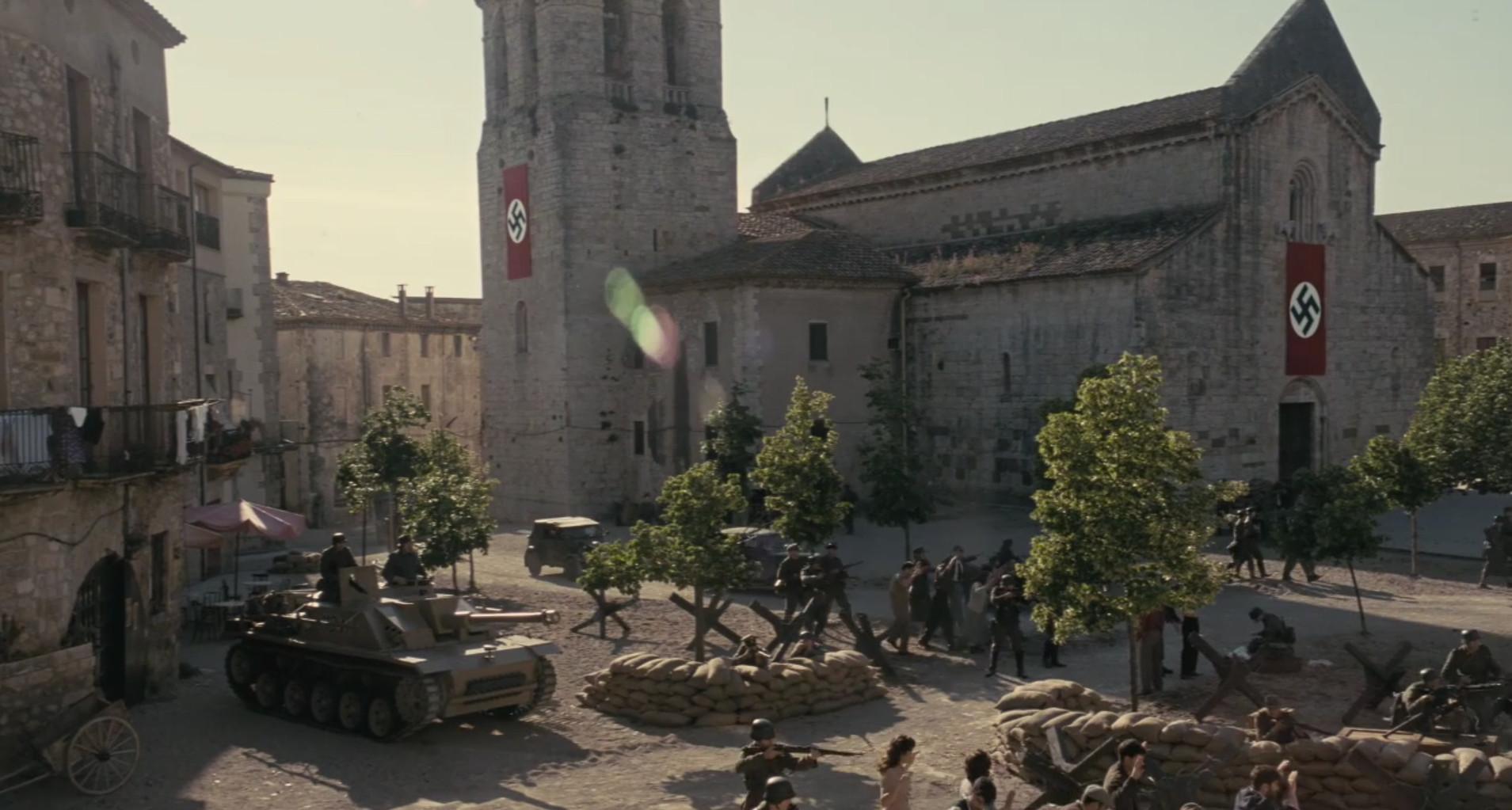
We last saw Maeve dead and in a pile of host bodies at the end of Season 2. Now she seems to be a character in World War II World, which is probably one of the parks that Delos operates along with Westworld, Shogunworld, and the Raj. Unless we’re dealing with multiple timelines again, it seems the Delos parks are up and running just a few months after Dolores killed Ford and launched her robot rebellion. In the Season 3 premiere, we saw (clone) CEO Charlotte Hale telling the Delos board she wanted to keep the parks open; Maeve seems to have been one of the hosts repurposed to fit that request.
There is a lot we don’t know about Maeve’s situation. Does she still have her witchlike powers from the end of Season 2? Has her memory been wiped, or is she perfectly lucid, but still stuck in another loop? We don’t know specifics, but Maeve has been hinting at the broad outline of her character for the entire series. “I ran away across the shining sea. And when I finally stepped foot back on solid ground, the first thing I heard was that goddamn voice,” she says as part of a signature speech she gave to multiple guests throughout Season 1. “You know what it said? It said, ‘This is the new world. And in this world, you can be whoever the fuck you want.’”
Well, now Maeve is quite literally in a new world. In her past world, she got her daughter to semi-permanent safety—she is the only host we know of to have completed a core drive. But like many humans who complete their biggest life goals, she has to figure out what to do next. This season, she will inevitably escape from Westworld and complete the escape she plotted at the end of Season 1. But that trip will likely require her to cross the shining (South China) sea—possibly with Bernard on that boat? When she steps onto solid ground, she’ll have to decide who she wants to be: the person to kill Dolores for the architect, or someone else altogether?
Disclosure: HBO is an initial investor in The Ringer.

